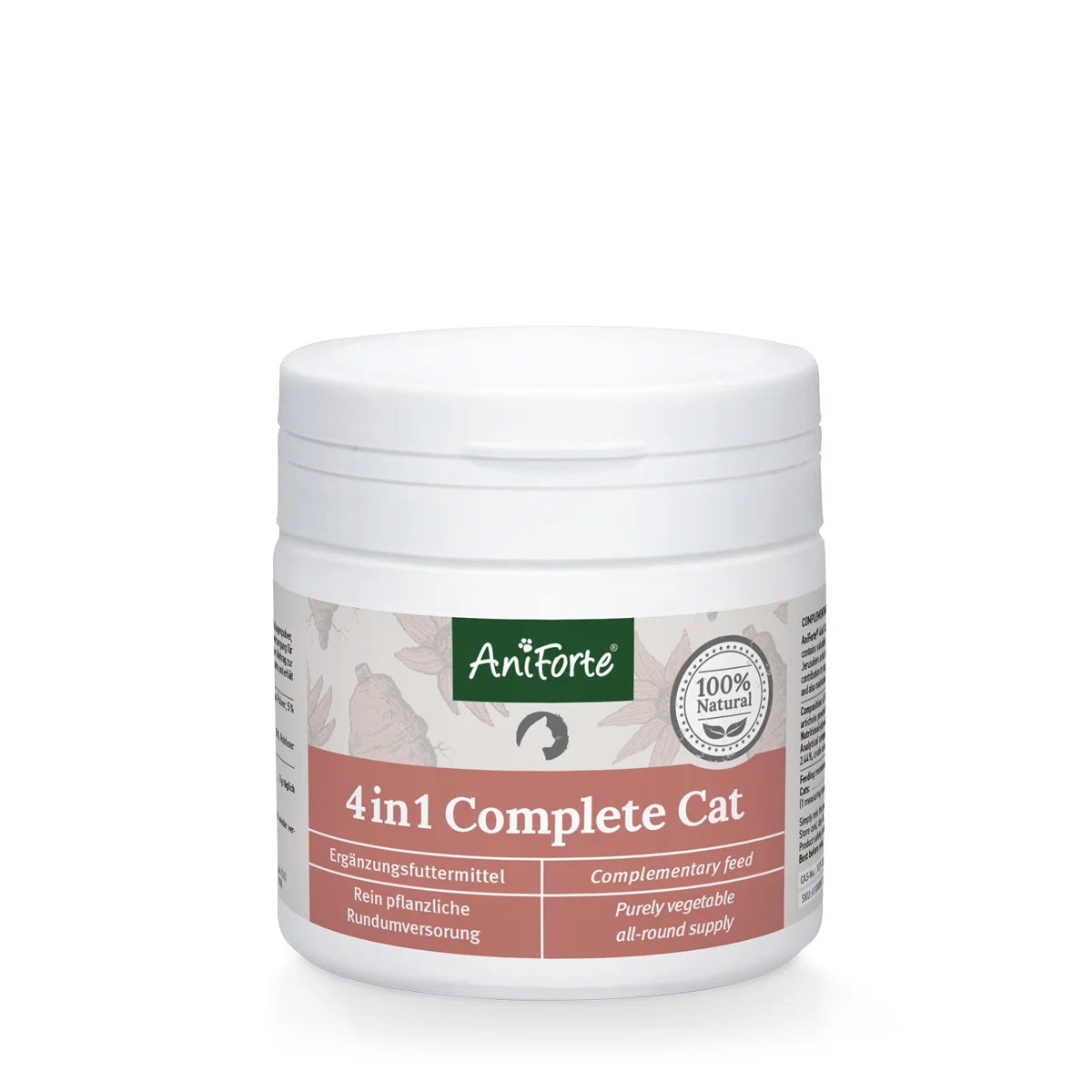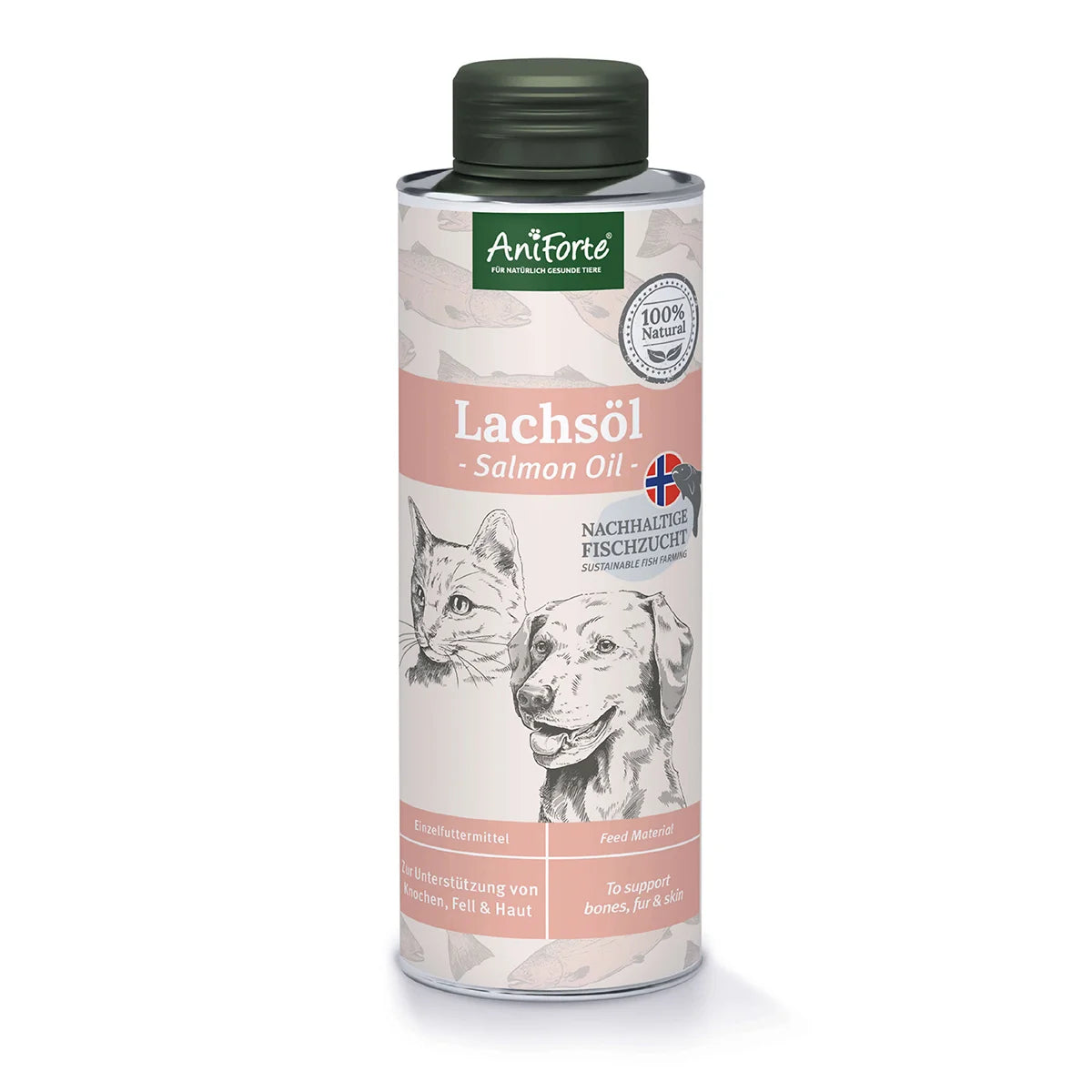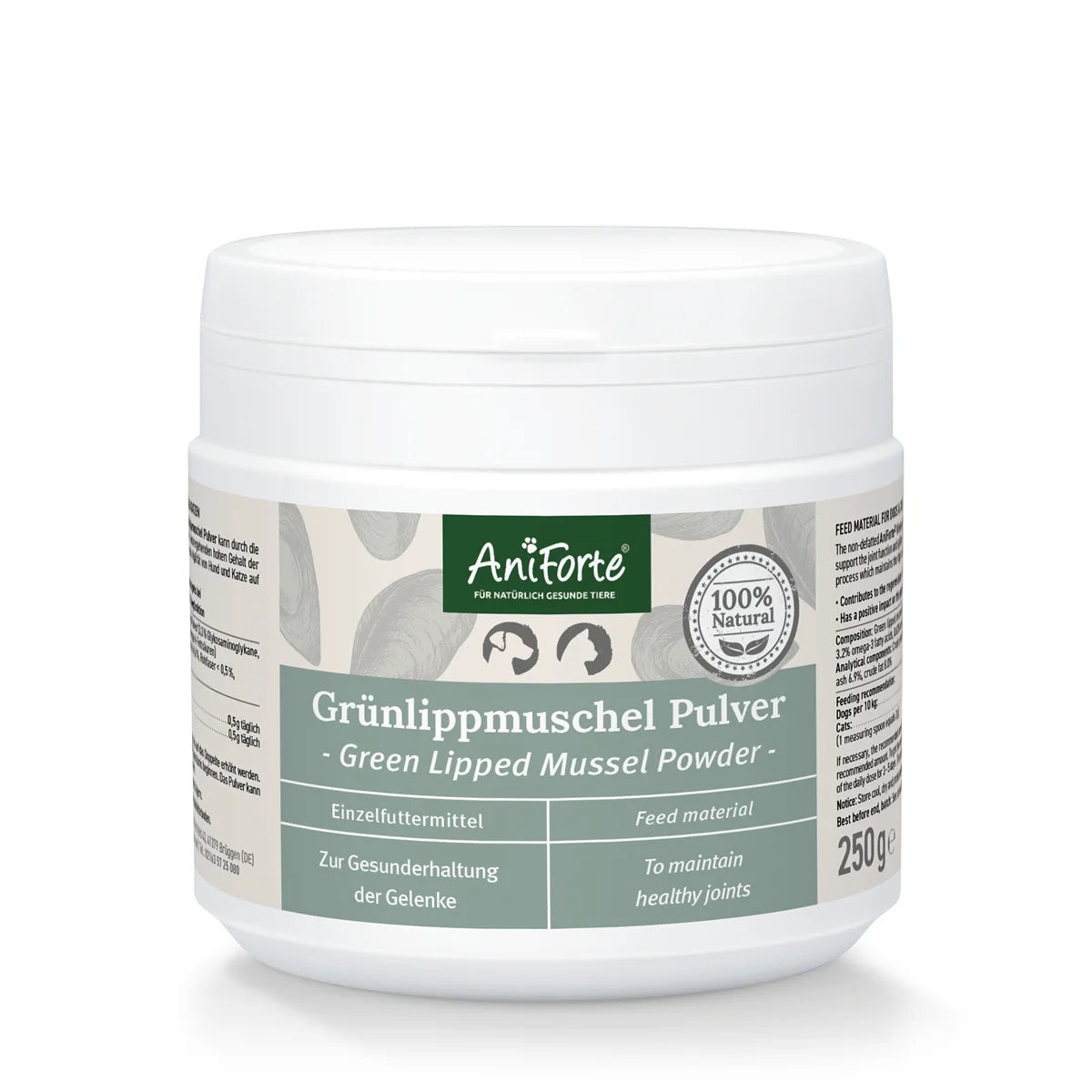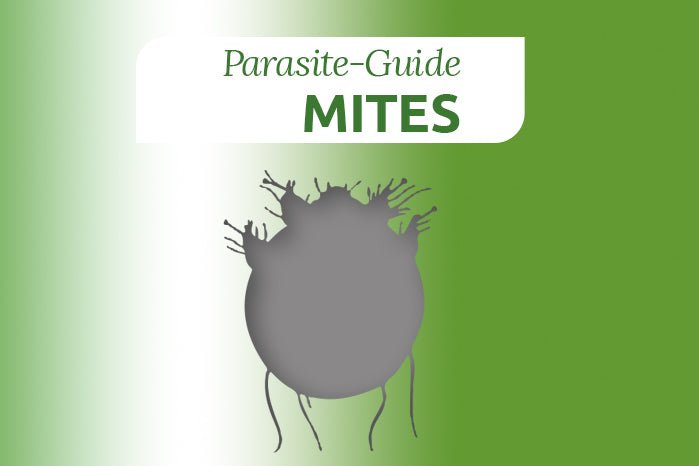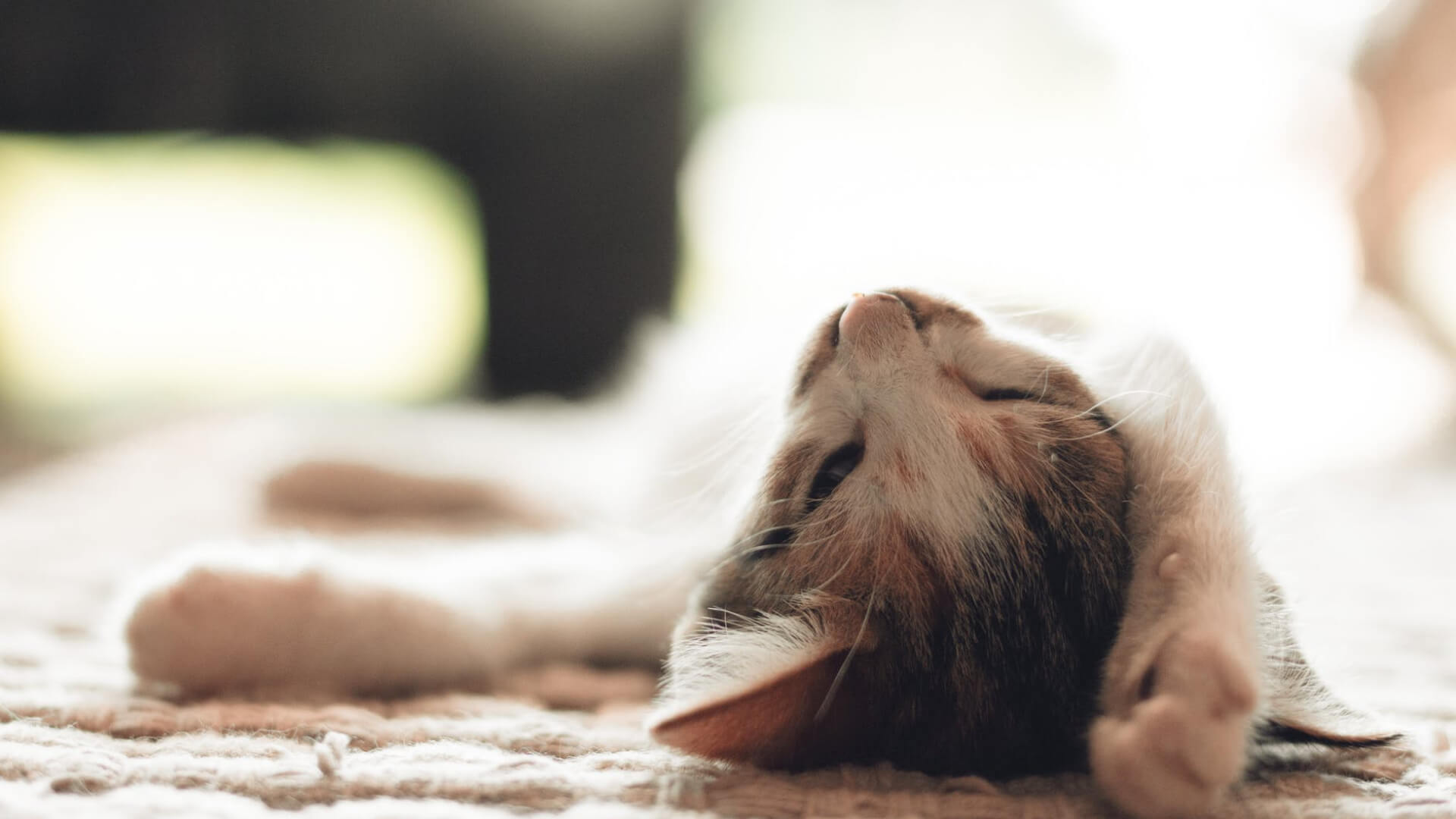
As every cat owner knows, the arrival of certain seasons brings with it an unmistakable sign—traces of fur on carpets, furniture, and clothing. It’s time for your feline friend’s coat to transition! But how can you best support your cat through this process, and what’s the secret to managing all that shedding hair?
Understanding the Fur Change Process
Cats shed fur not only during seasonal changes from winter to summer coats but throughout the year. This cycle consists of four phases:
- Anagen Phase – Hair growth
- Catagen Phase – Transition phase
- Telogen Phase – Resting phase
- Exogen Phase – Hair shedding
Twice a year, your cat undergoes a complete coat change: thick winter fur gives way to a lighter summer coat, and vice versa. This transformation is triggered by temperature and light exposure.
Free-roaming cats experience more noticeable seasonal shedding due to natural light and temperature shifts. Indoor cats, however, shed consistently throughout the year, influenced by heating and artificial light. Spring is often the peak shedding season, with most hair loss occurring from April to October. As temperatures drop, the coat becomes thicker and more insulating.
The Issue of Hairballs
Shedding fur doesn’t just settle on your furniture; it also ends up in your cat’s stomach. During grooming, your cat’s rough tongue collects loose hair, which can accumulate in the gastrointestinal tract.
Over time, these hairs combine with digestive juices, forming hairballs. Left unchecked, hairballs can lead to inflammation, or even intestinal blockages. Cats instinctively eat grass to help expel hairballs, but indoor cats may lack access to this natural remedy.
What can I do to support my cat during this process?
Although cats are naturally self-sufficient, a little help can make their fur change smoother and healthier. Here are some practical tips:
Regular brushing
Brushing removes loose hair, reducing the risk of hairballs and keeping your home cleaner. It also stimulates blood circulation, speeding up the shedding process. Long-haired cats or those with dense undercoats benefit particularly from this extra care.
Salmon oil
Adding salmon oil to your cat’s diet helps with the removal of swallowed hair and nourishes the skin with essential fatty acids. Products like Aniforte’s Salmon Oil promote healthy fur while aiding digestion.
Vital Powder
Our Fur Harmony Vital Powder, which contains brewer's yeast, silica and unsaturated fatty acids, support a dense and shiny coat. It is also recommended for cats with sensitive skin and can help your cat change fur by compensating for a nutritional deficiency in vital substances.
Focus on Quality Nutrition
A balanced diet rich in fresh meat and nutrients is crucial during the shedding period. A balanced and healthy diet is of particular importance during the difficult time of fur change. High-quality wet foods, like those in Aniforte’s PureNature range, provide essential nourishment to help your cat maintain healthy skin and fur.
Plant cat grass
Cat grass is a natural way for indoor cats to manage hairballs. It aids digestion and helps your cat expel excess hair safely.
A Hair-Free Home and a Happy Cat
With a bit of preparation and care, shedding season doesn’t have to be a challenge. By supporting your cat’s natural processes and staying proactive about cleaning, you can enjoy this time without too many “hair-raising” experiences.
We hope these tips help you and your feline friend enjoy a smoother shedding season!

